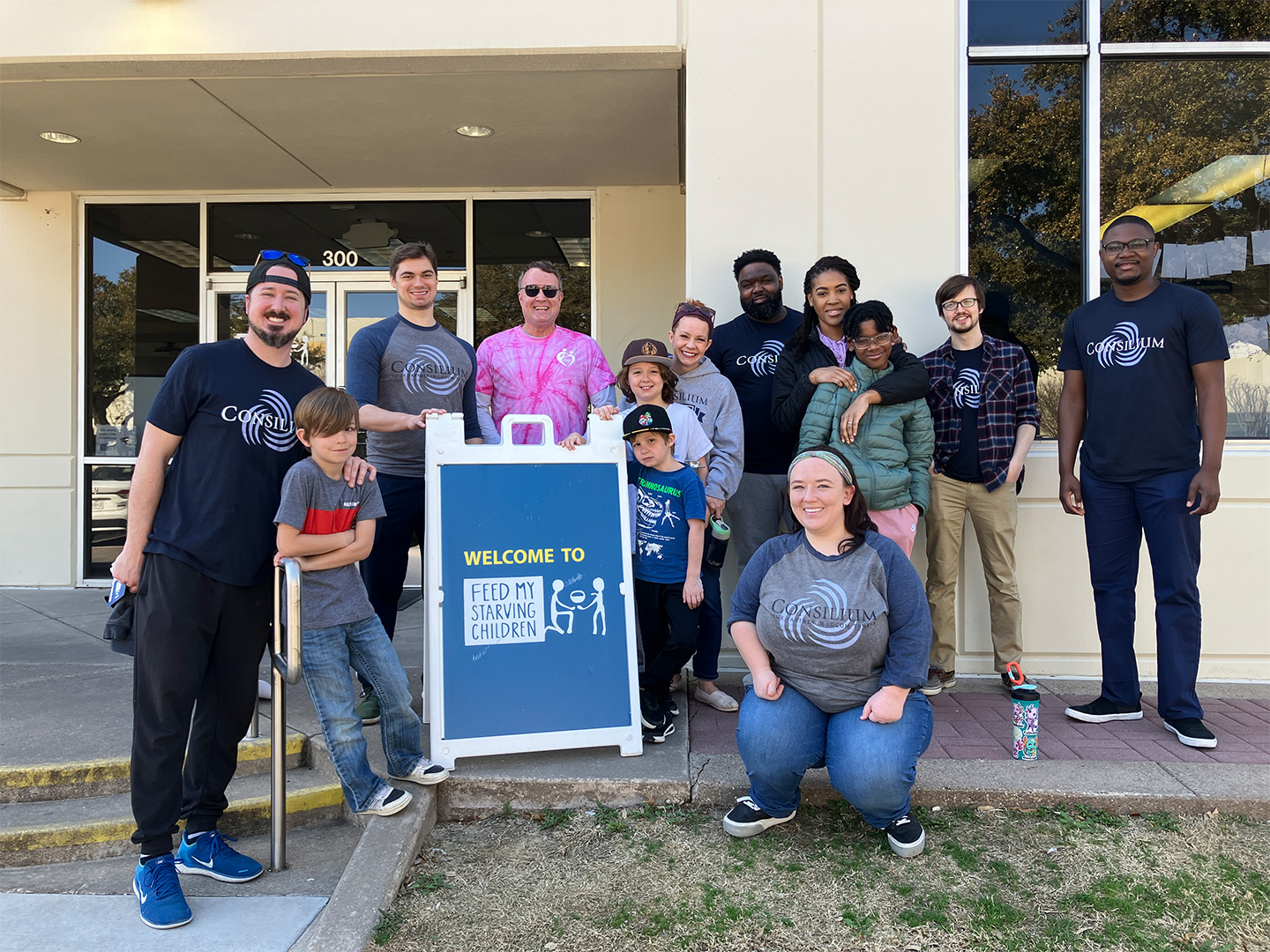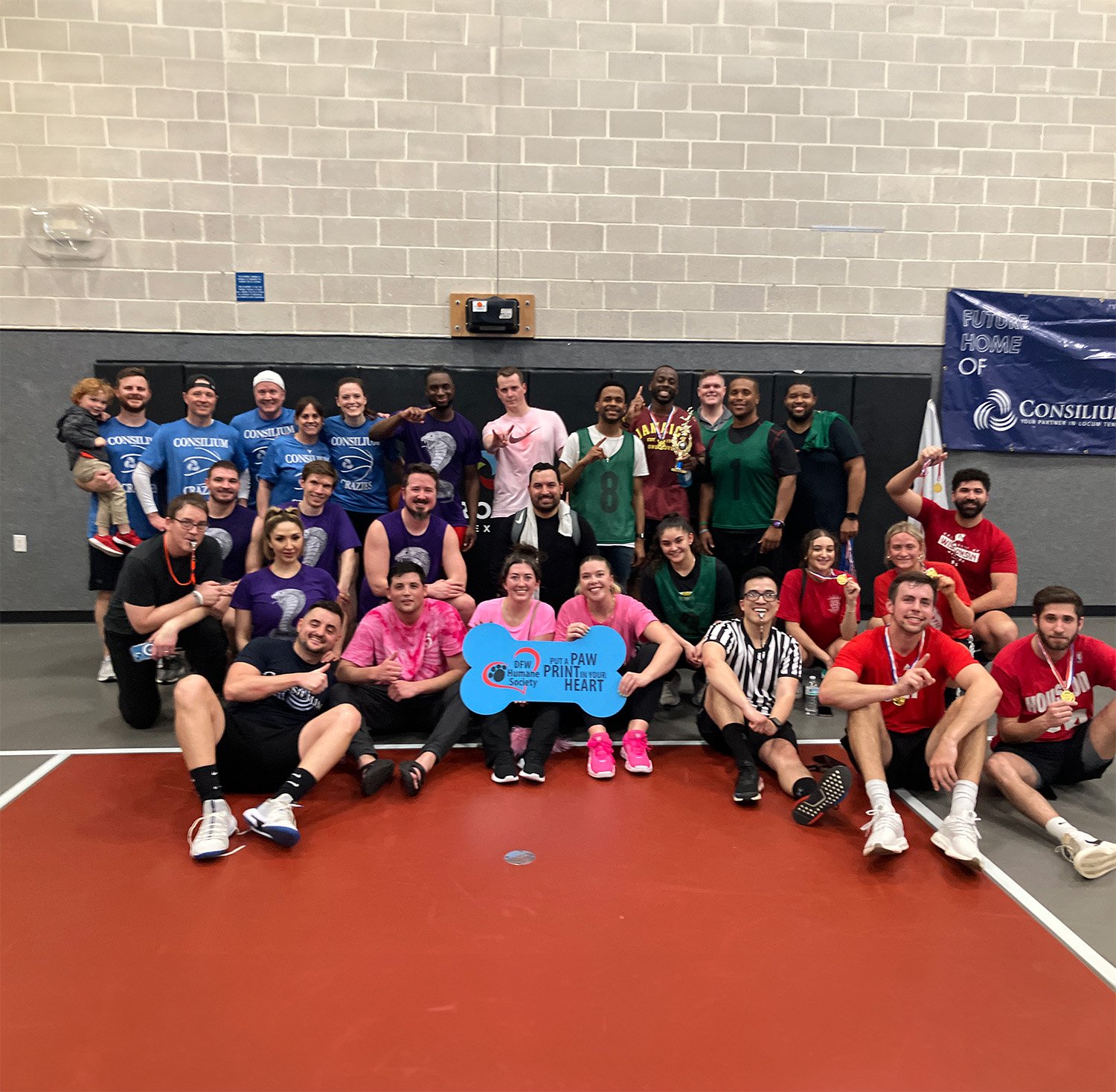In 2021, patient experience will be the hospital’s greatest competitive differentiator
From telemedicine to a blended care model, experts have predicted that 2021 is poised to be the Year of the Patient. While providing the best service possible has long been the mantra of competitive companies, patient experience is expected to be the top competitive differentiator for hospitals and facilities in the new year.
Findings from the Lumeon report, “U.S. Patient Access Leadership Research 2020/21,” spotlight the importance hospitals are placing on patient-centric experiences. The data reveals that whether care is accessed remotely or in person, the experience the patient has with the facility will be a critical business factor in the coming year.
Understanding Patient Experience
There’s a difference between patient experience and patient satisfaction. Agency for Healthcare Research and Quality says experience encompasses what happened with the healthcare facility, while satisfaction pertains to whether or not the expectations for the experience were met. To be a patient-centered facility, hospitals have to work to meet each patient’s expectations with across-the-board protocols that meet their needs, regardless of age, issue, and treatment. In 2021 and beyond, patients will expect this level of service.
“Patients are realizing that they have options, and they’ll ultimately make healthcare choices that align with their expectations,” explains Matthew Baade, Executive Vice President of Consilium. “They can choose face-to-face or telemedicine, urgent care or their family physician, and one hospital over another. In many ways, patients have long been poor consumers of healthcare: they went where they always went, or where their primary care provider referred them, and they paid whatever showed up on the bill. But things are definitely evolving.”
Lumeon’s report compiled responses from hospitals with more than 25,000 monthly patient appointments. While quality of care matters, respondents said the experience individuals have will be key in attracting and retaining patients, more so than providing access to new talent or services.
Streaming Workflows
The report revealed that 62% of those surveyed said they were prioritizing process improvement and streamlining workflows. Because reducing appointment wait times is a key component of positive patient experiences, automating tasks can enable staff members to better manage their responsibilities so they can attend to patients faster, the report explains. Faster wait times equate to better experiences, which can then translate into higher patient satisfactions scores.
Telemedicine
Telehealth continues to gain momentum, fueled by our growing comfort with technology and the need to remain remote during the COVID-19 pandemic. However, as a growing number of patients opt for virtual care, the quest for experience excellence must also translate to the digital world, the report explains. Although 74% of report respondents said telehealth provided a good patient experience, only about 38% said they thought virtual care was equal to in-person care when it comes to patient experience.
Self Service and Virtual Care
Self-service portals are one way to boost patient access, but 41% of hospitals surveyed said that they have low patient portal adoption rates. But as consumers grow more comfortable with using online resources and virtual care, the mix of remote and in-person visits will fluctuate. In the next 12 months, survey respondents think up to 70% of visits will be in person, with up to 30% conducted via video. The report notes that insurance reimbursements will also play a role in whether patients come into the office or opt for video meetings, particularly if virtual visits are eligible for coverage.
As we move into 2021, the healthcare landscape will transform, fueled by technology and expectations. To capture market share, hospitals have to be aware of what their patients want, and deliver the right experience before, during, and after their visits.




